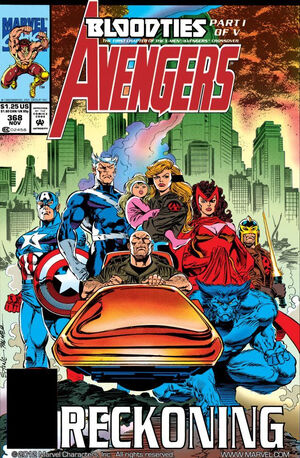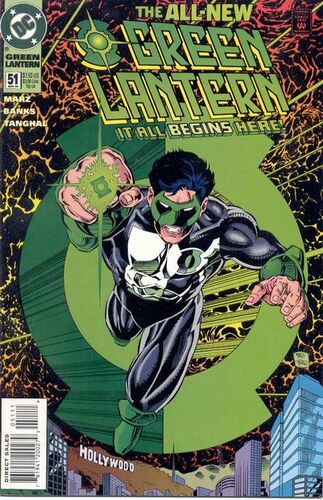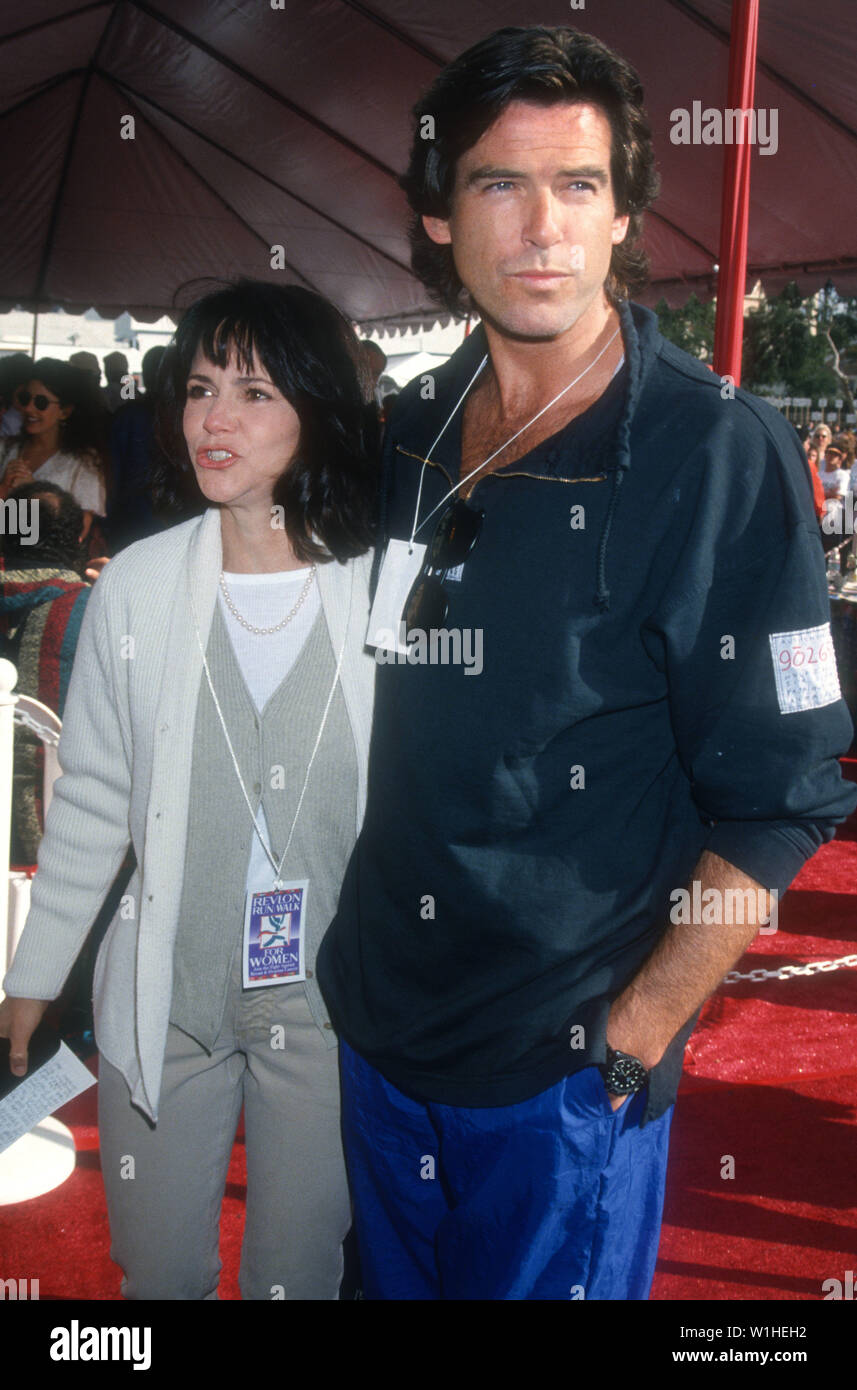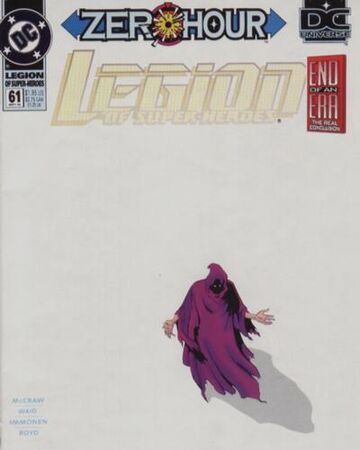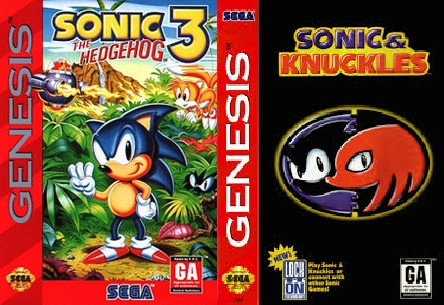(OOC: I didn't want you leave you guys hanging on an update so here's what I originally had planned for Chapter 18.)
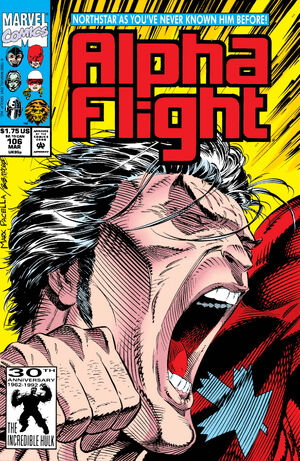
While Jim Shooter’s return to Marvel brought the company success in the form of its partnerships with LightStorm Entertainment and Sega, it would not be without controversy. Shooter had largely stayed away from editorial and gave incumbent editor-in-chief a wide berth, however he intervened by vetoing “The Walking Wounded” intended for Alpha Flight #106. Writer Scott Lobdell had intended for the story to both address the AIDS epidemic and for Northstar to finally reveal that he was gay.
The character was originally meant to be homosexual according to his creator, John Byrne, but editorial policy (when Shooter was editor-in-chief) prevented him from revealing it. Thus the character had stayed in the closet for years with only subtle hints at his sexuality. Shooter reasoned that the company didn’t need the controversy after the reaction Spawn received, and halted printing of the comic despite it being ready for the printer.
An angered Lobdell revealed the story’s existence in an interview with Wizard Magazine, which in turn led to the mainstream media picking up the story. LGBT advocacy groups such as GLAAD protested, calling for a boycott of Marvel Comics while several creators including Phil Jiminez (himself a gay man) criticized the company with some threatening to never work for Marvel again. Naturally, this new caught the attention of evangelicals who claimed that the outcry was, “a gay plot to corrupt the youth of the nation.”
Faced with increased media scrutiny and a possible walkout of his creative staff, Shooter relented and allowed the story to be printed in Alpha Flight #115. This ultimately culminated in an increase of LGBT characters in the medium. Most notably in DC's Legion of Super-Heroes where Lightning Lass and Shrinking Violet were revealed as a couple and longtime supporting character Shavaughn Erinn as a man who took a drug to appear female. However, the controversy led to the firing of Scott Lobdell, who would move on to the Distinguished Competition where he would replace Gerard Jones on Green Lantern with #48.

While Jim Shooter’s return to Marvel brought the company success in the form of its partnerships with LightStorm Entertainment and Sega, it would not be without controversy. Shooter had largely stayed away from editorial and gave incumbent editor-in-chief a wide berth, however he intervened by vetoing “The Walking Wounded” intended for Alpha Flight #106. Writer Scott Lobdell had intended for the story to both address the AIDS epidemic and for Northstar to finally reveal that he was gay.
The character was originally meant to be homosexual according to his creator, John Byrne, but editorial policy (when Shooter was editor-in-chief) prevented him from revealing it. Thus the character had stayed in the closet for years with only subtle hints at his sexuality. Shooter reasoned that the company didn’t need the controversy after the reaction Spawn received, and halted printing of the comic despite it being ready for the printer.
An angered Lobdell revealed the story’s existence in an interview with Wizard Magazine, which in turn led to the mainstream media picking up the story. LGBT advocacy groups such as GLAAD protested, calling for a boycott of Marvel Comics while several creators including Phil Jiminez (himself a gay man) criticized the company with some threatening to never work for Marvel again. Naturally, this new caught the attention of evangelicals who claimed that the outcry was, “a gay plot to corrupt the youth of the nation.”
Faced with increased media scrutiny and a possible walkout of his creative staff, Shooter relented and allowed the story to be printed in Alpha Flight #115. This ultimately culminated in an increase of LGBT characters in the medium. Most notably in DC's Legion of Super-Heroes where Lightning Lass and Shrinking Violet were revealed as a couple and longtime supporting character Shavaughn Erinn as a man who took a drug to appear female. However, the controversy led to the firing of Scott Lobdell, who would move on to the Distinguished Competition where he would replace Gerard Jones on Green Lantern with #48.

